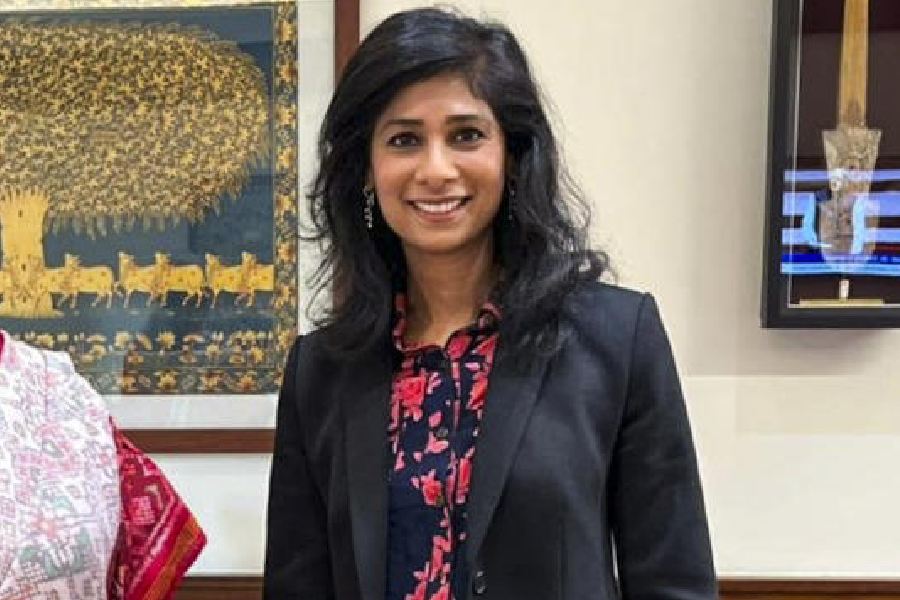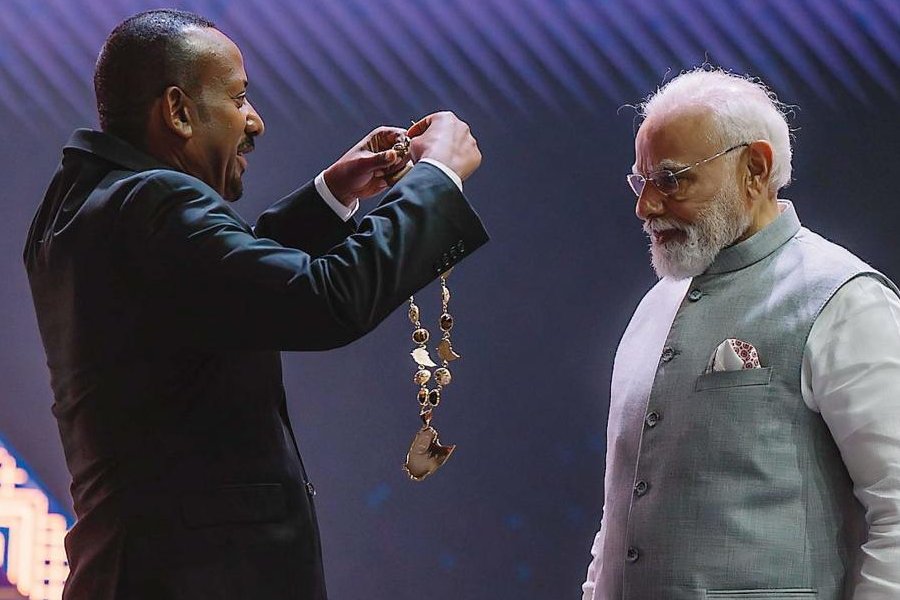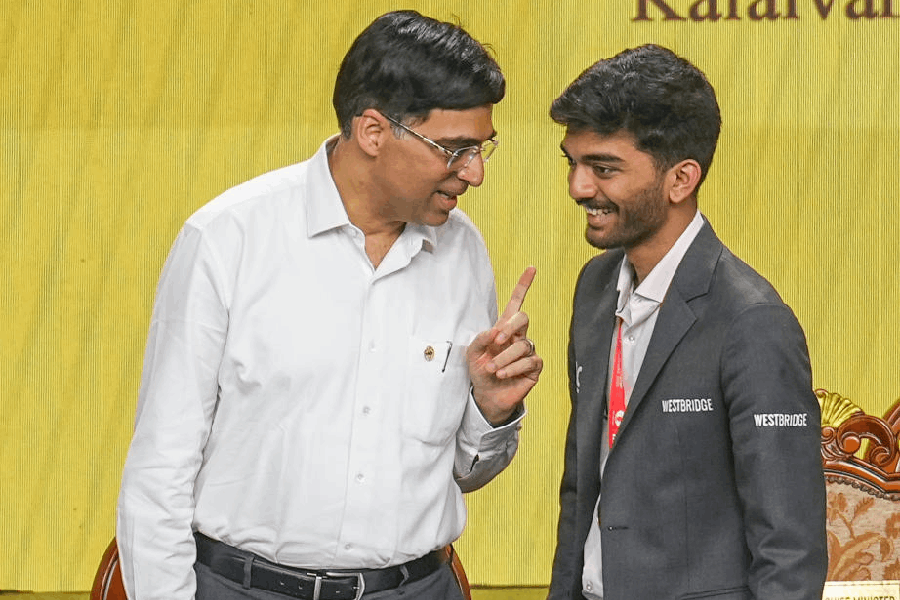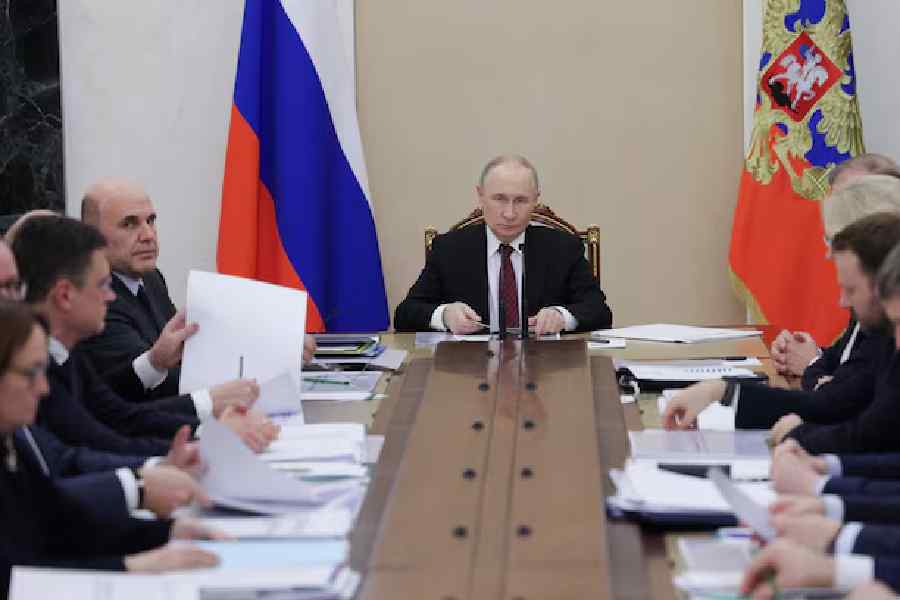 |
 |
 |
| WIZ WATCH: (From top) Stills from Thor, Ra.One and Haunted 3D |
If you are a fan of 3D films, you needn’t look to James Cameron’s Avatar or the recently released mythological action flick Thor to get your viewing experience in three dimensions. Taking a cue from Hollywood, Bollywood too is churning out a number of 3D films. And believe it or not, their tech specs are often as impressive as those of their Western counterparts.
So if you got spooked by Vikram Bhatt’s 3D horror film Haunted 3D, get ready for more movies wrapped in the new technology. Bhatt has already announced his second 3D project, Dangerous Ishq, and Joker, a 3D sci-fi film by Shirish Kunder — starring Akshay Kumar and Sonakshi Sinha — is also in the pipeline. Then there is Shekhar Kapur who is all set to revive his long-awaited film Paani in 3D format. Anurag Kashyap too is planning a 3D horror film while Rajinikanth’s Sultan the Warrior, Ram Gopal Varma’s Warning and Shah Rukh Khan’s Ra.One will be released in both 2D and 3D formats.
“It was Avatar that inspired me to make Haunted 3D. To make sure the film was technically sound, I hired technicians from Canada. In fact, Haunted 3D was shot using technology similar to that in Avatar,” he says.
However, though some directors like Bhatt are getting their 3D special effects done by foreign technicians, others are reposing their faith in local talent. Kunder, for instance, has tied up with Mumbai-based visual entertainment company Prime Focus to provide the technical wizardry for Joker. “When we have some very good artists who are being hired by Hollywood, why should we go for international ones? Hiring local talent is much more cost effective,” he says.
Indeed, experts point out that visual effects (VFX) executed in India is 25 to 50 per cent cheaper than what similar effects would cost in the West. Thanks to qualified personnel and low costs, the VFX industry in India has been growing by leaps and bounds. So much so that many of these specialist studios in Mumbai and Hyderabad have been getting a lot of work from Hollywood in recent times. “The year 2011 has begun on a high note for us,” says Merzin Tavaria, co-founder and chief creative director, Prime Focus, a company that has a presence in India, UK and US. “We have bagged many high profile domestic and international projects. We even got a Rs 200-crore deal from a leading Hollywood studio,” he adds.
Indeed, it’s not just 3D — there is a rising demand for visual effects in most mainstream films in India today. Given the quantum of work, many of these studios — such as Maya Digital Studio (MDS), Reliance Media Works and Prime Focus — have opened offices right in the midst of Film City (the sprawling film studio in Mumbai’s Goregaon East). And far from outsourcing their assignments to international studios, most of them boast of being inundated with work from foreign shores. “We have worked in films like The King’s Speech,” says Viral Thakkar, head of computer graphics and VFX supervisor at Pixion, a post-production company that offers visual effects services.
A recent Ficci-KPMG report supports his claim. “Global demand for animation and VFX has increased the amount of contract work flowing into India in the second half of 2010,” says the report, adding that the animation and VFX industry in India is expected to grow at the rate of 18.5 per cent per annum. What’s perhaps the greatest testimony to India’s prestige and potential in the world of VFX today is the fact that a number of international experts have decided to set up shop in the country.
Take the case of Charles Darby, who has worked his special effects magic in films like Harry Potter and the Goblet of Fire, Rome and Titanic. In 2007, he founded EyeQube, a feature and animation effects set-up, in collaboration with film distribution house Eros International in Mumbai. “India has a domestic industry to work on whilst international work is also gaining steam now,” says Darby, CEO of EyeQube, who is now working on Ra.One.
Frank Foster, the CEO of MDS, is yet another foreigner who is betting big on the India’s VFX story. A computer graphics veteran and former vice-president of Sony Pictures Imageworks, US, Foster had helped Ketan Mehta set up MDS in 1996.
However, late last year, he joined the company as its CEO, convinced that this is where the future of VFX was. “There are so many opportunities for digital filmmaking in India now,” he says. “I believe that India is unusually qualified in this regard, because of its large domestic film industry. I’m convinced it’s becoming the international hub for computer animation and visual effects,” says Foster, who is now working with Subhash Ghai’s Mukta Arts to convert Sholay into 3D.
However, though most are upbeat about the future of 3D and VFX in India, some do voice scepticism. Says Kamal Jain, chief financial officer of Eros International , “3D is a relatively new phenomenon and is not very popular with the masses.”
Not so, insists Tavaria of Prime Focus. “Audiences have come to expect a level of spectacle that requires sophisticated visual effects. And it’s not just VFX; the Indian market is opening its doors to 3D too. We’ll see a huge line-up of 3D films this year.”
What’s driving the demand, and complementing it, as it were, is the fact that there has been a phenomenal rise in the number of 3D-enabled theatres recently. In 2009, there were only about 350 3D-enabled screens in India, but today there are over 700 such screens. Add to that the plethora of 3D compatible TV sets available in the market, and the trend is all too clear.
So, in the coming days, don’t be surprised if Bollywood comes at you firing on all cylinders in — what else — three dimensions.










